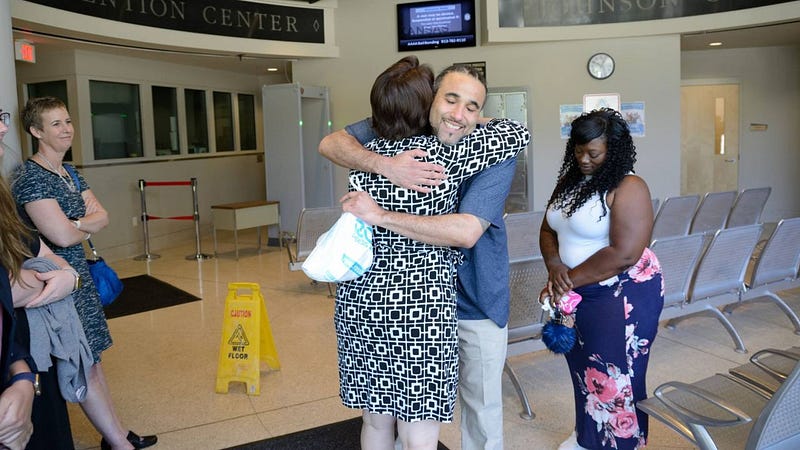A Man Wrongfully Imprisoned for 17 Years Due to His Doppelganger
Written on
The Misfortune of Richard Jones
In the year 2000, Richard Jones found himself wrongly accused and incarcerated for an aggravated robbery that had occurred in the previous year. This robbery took place in a Walmart parking lot, where a man attempted to steal a woman's handbag. Witnesses, upon viewing Jones' photograph, promptly identified him as the perpetrator, leading to a significant miscarriage of justice.

The initial trial placed Jones at the crime scene, specifically in Roeland Park, Kansas. Eyewitness accounts formed the backbone of the prosecution's case. Despite Jones’ insistence that he was miles away during the robbery, and the absence of DNA evidence linking him to the crime, he was identified as the suspect.
Eyewitness errors
Witnesses described the suspect as “a light-skinned Hispanic or African-American man” with “long hair pulled back.” The unfortunate coincidence was that both Jones and the actual criminal shared similar physical features, including age and hairstyle. Despite his claims of innocence, the eyewitness testimonies painted a grim picture for Jones.
Through a photo lineup, witnesses selected Jones as the robber, leading to his conviction and imprisonment. Attempts to appeal were met with rejection, leaving him trapped in a system that ignored his solid alibi and the lack of physical evidence.
The Discovery of a Doppelganger
During his time behind bars, fellow inmates informed Jones of another prisoner who bore an uncanny resemblance to him. Intrigued, Jones reached out to the Midwest Innocence Project, a nonprofit organization dedicated to aiding those wrongfully convicted. It soon emerged that this doppelganger, Ricky Amos, had lived near the location of the robbery.
Man in prison for 17 years set free after his lookalike is found | ABC News - YouTube
This video explores the story of Richard Jones and his wrongful conviction due to a doppelganger, shedding light on the injustices faced in the legal system.
A Path to Justice
The University of Kansas School of Law, alongside the Midwest Innocence Project, took a keen interest in Jones’ case. They investigated further into Ricky Amos, who was also serving time in the same facility. Ultimately, Jones was exonerated when the legal team presented evidence showing that Amos was the actual criminal responsible for the robbery.
Judge Kevin Moriarty of the Johnson County District Court ruled in favor of Jones, stating that a reasonable jury would not have convicted him based on the flawed eyewitness testimony. However, due to the statute of limitations, Amos could not be prosecuted for the crime.
Man freed after 17 years in prison when doppelganger found - YouTube
This video discusses the incredible turn of events leading to Richard Jones' release, highlighting the systemic issues in wrongful convictions.
A New Beginning
After spending seventeen long years incarcerated for a crime committed by someone who looked like him, Jones finally stepped out of Johnson County Jail. In a moment filled with emotion, he expressed his gratitude, stating, “It’s been 17 years. Something I ain’t do, but I am thankful. I am blessed.” Surrounded by family and friends who supported him through his trials, he began to embrace a new chapter in his life.
In the aftermath, Jones filed a petition against the State of Kansas, seeking an official declaration of his innocence and a settlement of $1.1 million. Kansas Attorney General Derek Schmidt confirmed that a settlement had been reached, and Jones was awarded a certificate of innocence along with counseling services for two years.

Richard Jones stands as the first individual to receive compensation under Kansas's new law for wrongfully convicted individuals. While he acknowledges the loss of seventeen years, he looks forward to creating new memories with his loved ones.
If you found this story compelling, consider subscribing to Medium. Your membership directly supports writers and their work.